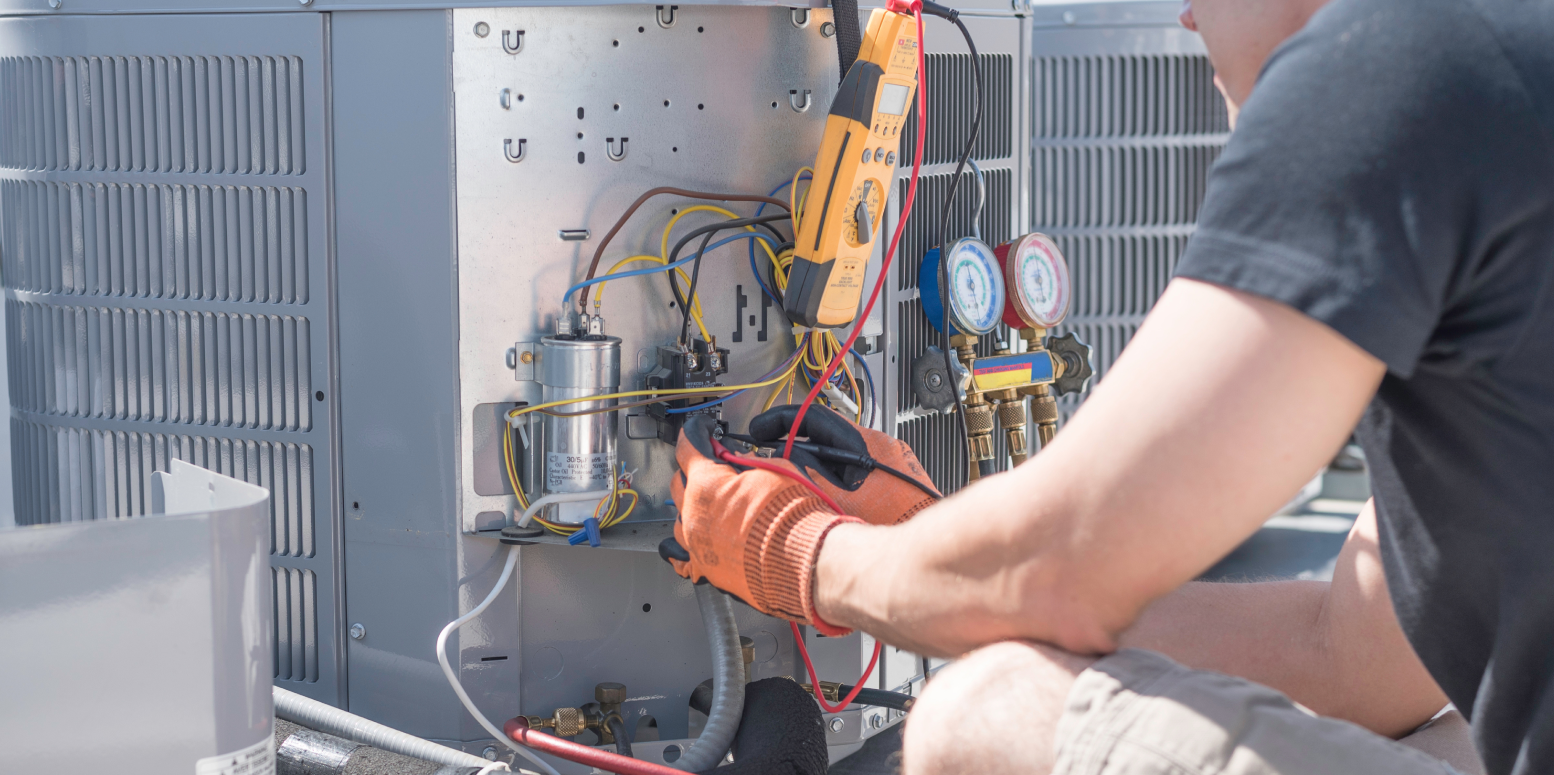
You’re all too aware that HVAC business owners have to maintain compliance with a laundry list of regulations—HCFC, HFC, certification requirements … But SEER is probably one of the most important of all, ensuring energy efficiency.
The challenge is that there’s a new sheriff in town, and his name is SEER2. That’s right, SEER2 replaced the old guidelines for HVAC equipment at the start of 2023, impacting heating and cooling equipment such as AC units, heat pumps, single packaged units, and mini-splits.
What does this mean for you? Well, with spring on the horizon, let’s dive deeper into SEER2 compliance through the lens of AC systems.
Understanding SEER2
Here’s what you know: Seasonal energy efficiency ratio (SEER), the rating that measures cooling performance, impacts your AC business every day. It dictates the systems you can install based on specific energy conservation standards but isn’t universal across regions in the U.S. Instead, standards are split into three groups: north, southwest, and southeast. Overall, the higher the number, the more efficient the AC system. SEER is determined by dividing a normalized cooling output for a typical season by the total electric energy input for that same period of time.
But the game’s changed.
After years of planning and whispers, the U.S. Department of Energy (DOE) finally rolled out SEER2 at the start of 2023. And while a few things remain constant—such as the need for higher efficiency numbers and regional differences—the testing procedures are much different.
SEER2 Changes
When the DOE created SEER2, the idea was to align efficiency ratings with real-world operating conditions. After all, outdated SEER testing does not accurately emulate the influence of things such as ductwork. Along these lines, the new M1 testing requirements focus on a few key pieces. The biggie is your equipment’s static pressure. SEER2’s M1 testing raises this by a factor of five—from 1/10 inch of water to ½ inch of water—accounting for how HVAC systems work in houses and buildings. But what changes on the side customers will see more is the new higher minimum ratings.
Getting Onboard with SEER2 Compliance
SEER2 compliance makes the AC units your technicians install and maintain more efficient. Think of the benefits for your operation: fewer emergency calls for systems malfunctioning and even a chance to be greener with a smaller carbon footprint.
Customers probably won’t complain, either. With new minimum efficiency standards, they’re set to save a pretty penny on energy bills. In fact, the DOE estimates residents will save $2.5 billion-$12.2 billion between 2023-2052!
So what are the updated standards, anyway? Let’s review.
SEER2 Compliance Requirements
Air-conditioning system compliance with SEER2 is based on manufacturing date. That means when a commercial or residential AC system was built directly affects whether or not it lives up to requirements. For SEER2, systems manufactured and installed on or after Jan. 1, 2023, may or may not have certain limitations based on your region.
North Region
The north region has streamlined compliance guidelines for AC units that allow some flexibility to clear out older inventory. Here, 13.0 SEER ACs built before Jan. 1, 2023, can still be installed.
New requirement to remember:
- Residential AC above or below 45,000 Btu must have a SEER2 rating of 13.4 (equal to 14.0 SEER).
Southeast and southwest regions
Both the southwest and southeast regions follow the same SEER2 standards. However, they’re a bit more rigid. That is to say, ACs that don’t meet the new SEER2 guidelines cannot be installed, leaving older 13.0 SEER ACs unusable.
New requirements to remember:
- Residential AC below 45,000 Btu must have a SEER2 rating of 14.3 (equal to 15.0 SEER).
- Residential AC above 45,000 Btu must have a SEER2 rating of 13.8 (equal to 14.5 SEER).
Do the best for your customers and your AC business by maintaining SEER2 compliance. Operate within these guidelines for your region, and keep an eye on any applicable updates.
Make SEER2 Compliance a Priority
Times change, and the days of SEER standards are behind us. But SEER2 compliance gives companies like yours a chance to give greater weight to the operating environments the AC units you install will live in—and deliver customer savings to boot. Keep in step with the standards for your region moving forward to continue delivering excellent service.
Want more key industry insights? Subscribe to the Service Fusion blog for the latest news and updates.

Related Posts
Should Your Contracting Business Offer Flat Fees?
Continue ReadingHow to Write a Quote for a Plumbing Job
Continue ReadingStay Informed
Get the latest news and insights plus, Service Fusion offers and updates.Thank you for your submission.

SHARE